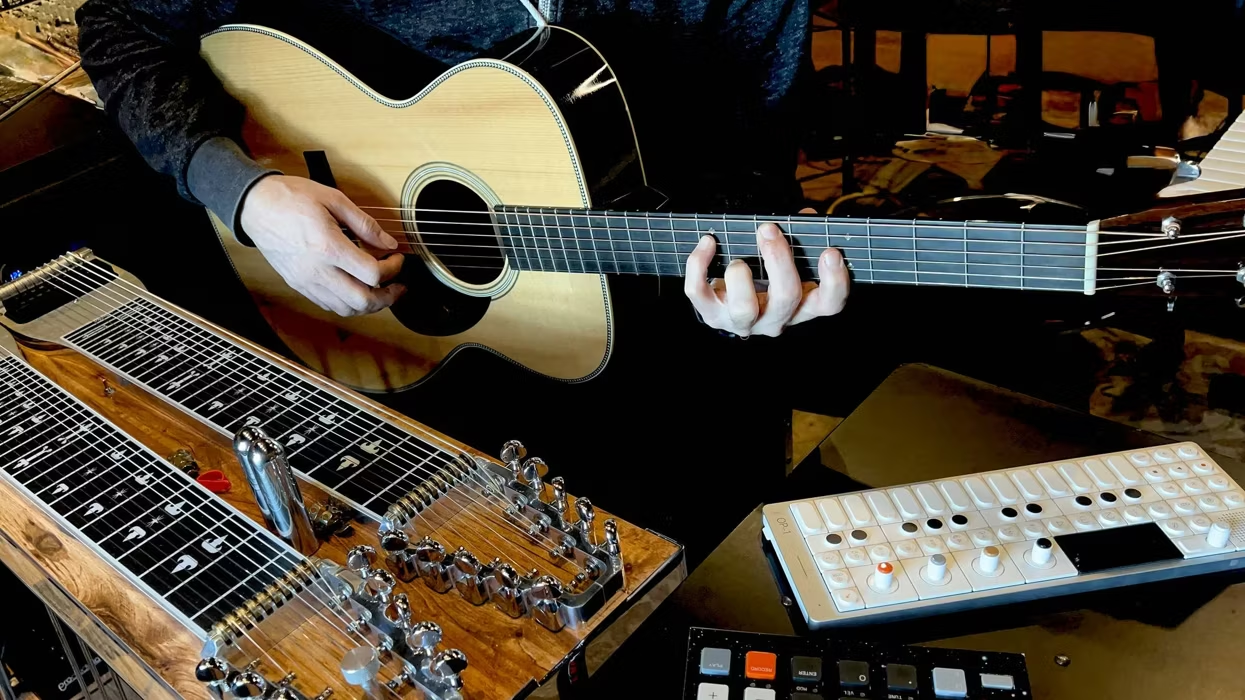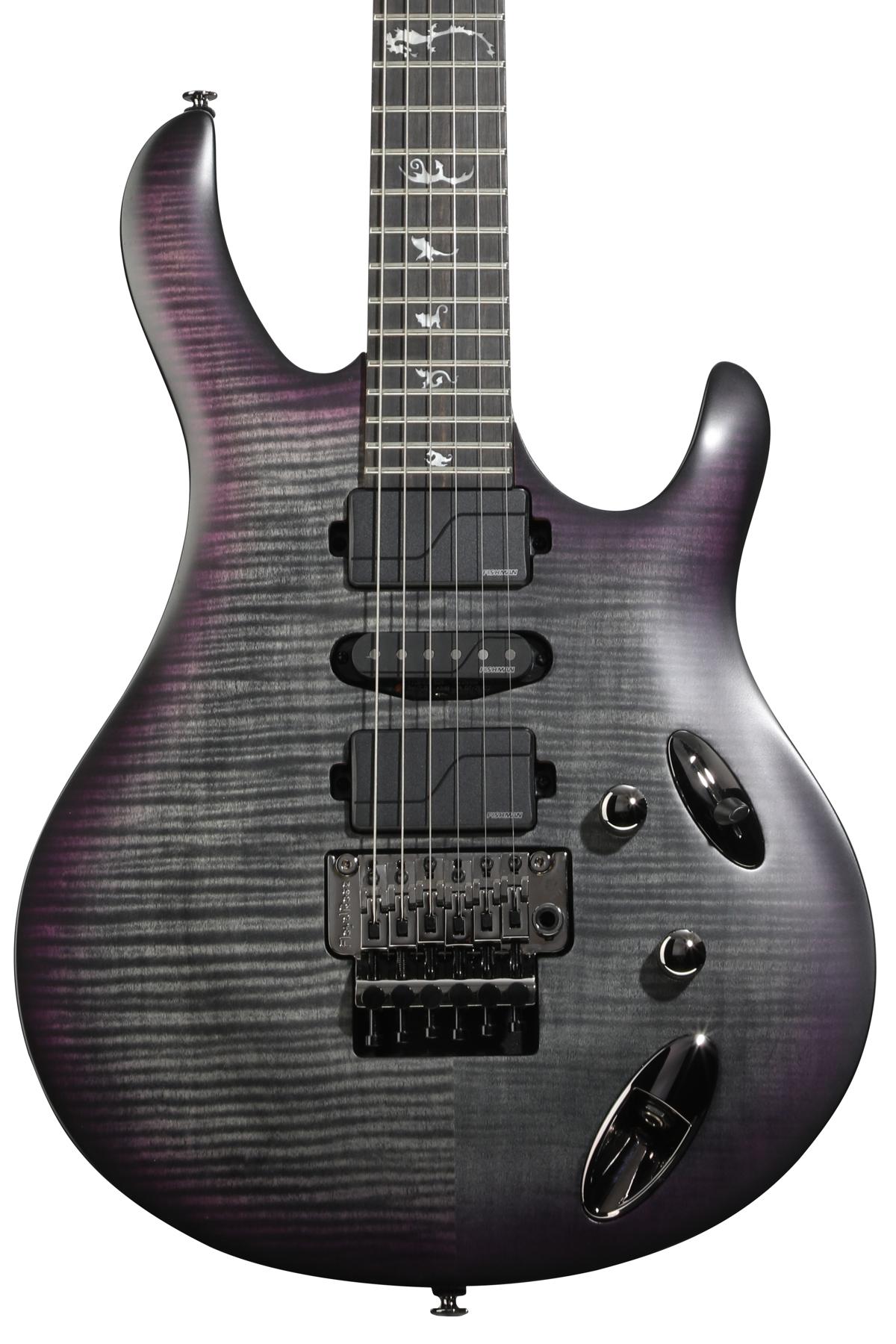Clip 1 — Clean tone is just the 170 straight into the cab
Clip 2 — Dirty tone is used with an Orange Amplifiers sim from the Boss GT-1At some point in your gigging career, you’ve probably been fed up with your guitar amplifier. It’s too heavy, it’s too loud, it needs its own cargo hold on the plane. Traditionally, the solution is either to suck it up or downsize, which often means a sacrifice in tone. And for the player used to a full Marshall stack, switching to an 8”-speaker combo just isn’t going to cut the mustard.
Seymour Duncan aims to solve part of this problem with the PowerStage 170: a 170-watt power amp with a clean preamp, master volume, and 3-band EQ—all in a package small enough to fit on a pedalboard. You will still need to sort out your speaker situation or have a reliable PA on hand, but the PowerStage can be used with just about any4- to 16-ohm setup.
An Amp at Your Feet
Getting started with the PowerStage 170 is really simple. You just place it at the end of your effects chain, connect to your speaker cab, and power up the unit. The PowerStage 170 needs to be plugged into an electrical outlet just like any amplifier, and there’s a small, quiet fan onboard to keep it cool. The controls are super simple: master volume increases output, and the 3-band EQ will adjust bass, mid, and treble content.
The unit itself seems very sturdy and feels just the right kind of hefty. And while it seems most at home on a pedalboard, you could just as easily throw the PowerStage on top of your cab. One upside to pedalboard placement is that you can adjust the master volume with your foot for a quick boost in output.
Power Core
My first session with the PowerStage 170 involved at least one of the situations Seymour Duncan had in mind when they designed it. I needed to travel, and didn’t want to throw an amplifier in the car or add to my already excessive luggage burden. My destination was already home to a late ’60s Fender 2x12 cabinet and a collection of guitars, so this was a perfect opportunity to test the PowerStage’s plug-and-play capacity. I hooked up a ’60s Japanese Stratocaster knock-off and my pedals, and pushing the master volume on the PowerStage just a hair past zero brought the cab alive. A range of sounds you could safely call “bedroom” volumes were available at settings right up to 9 o’clock.
Ratings
Pros:
Light and easy to travel with. Scads of headroom. Quiet.
Cons:
Doesn’t work well with smaller speaker setups.
Tones:
Ease of Use:
Build/Design:
Value:
Street:
$399
Seymour Duncan PowerStage 170
seymourduncan.com
The output emanating from the closed-back Fender 2x12 was crystal clear at these levels. And the lack of any real added coloration makes the PowerStage 170 an excellent platform for effects. That agreeability extends to the realm of digital multi-effects. For this test, I used a Boss GT-1, which has a vast array of amplifier simulations, from vintage Fenders through modern metal stacks.
I summoned an Orange amplifier simulation that has similar characteristics to my own Orange OR50. Played through the PowerStage, the output exhibited a nice push/pull feel that’s fairly sensitive to playing dynamics. Digging into an SG’s P-90s yielded a heartier growl from the Orange simulation, and rolling off the volume knob relaxed the output—a testament to the Boss unit’s realism, certainly, but also to the PowerStage’s excellent transparency and dynamic range. I ran through a few more presets on the Boss GT-1 with equally satisfying results. But I also noticed that the PowerStage added extra air to some of the GT-1’s muddier settings, which was a very nice bonus!
Another bonus is the PowerStage’s abundant headroom. Unless you’re playing a stadium without sound re-enforcement, there’s no way you’ll need to dime this thing to get an audible signal above your band. It’s plenty loud and plenty quiet provided you have speakers that can handle the output. The only time the PowerStage felt like a bad fit in my tests is when I hooked it up to a small 1x6 cabinet, which it tended to overmatch at all but the quietest volumes.
The Verdict
Over the course of testing the PowerStage 170, I came to see it as more than just a compact, solid-state amplifier. It’s a very utilitarian piece of gear if you have to travel light to a show, and it’s as agreeable and transparent as an amp in this role should be. For most folks, it won’t replace tube amplifiers. And $399 is in the same ballpark as many decent, low-power tube amplifiers that can sound big with sound reinforcement. But as more players warm to performing with high-quality digital multi-effects and digital audio workstations, a reliable blank slate like the PowerStage 170 will become an ever-more-valuable asset—especially when you can get sounds and volume enough to compete with the real deal.








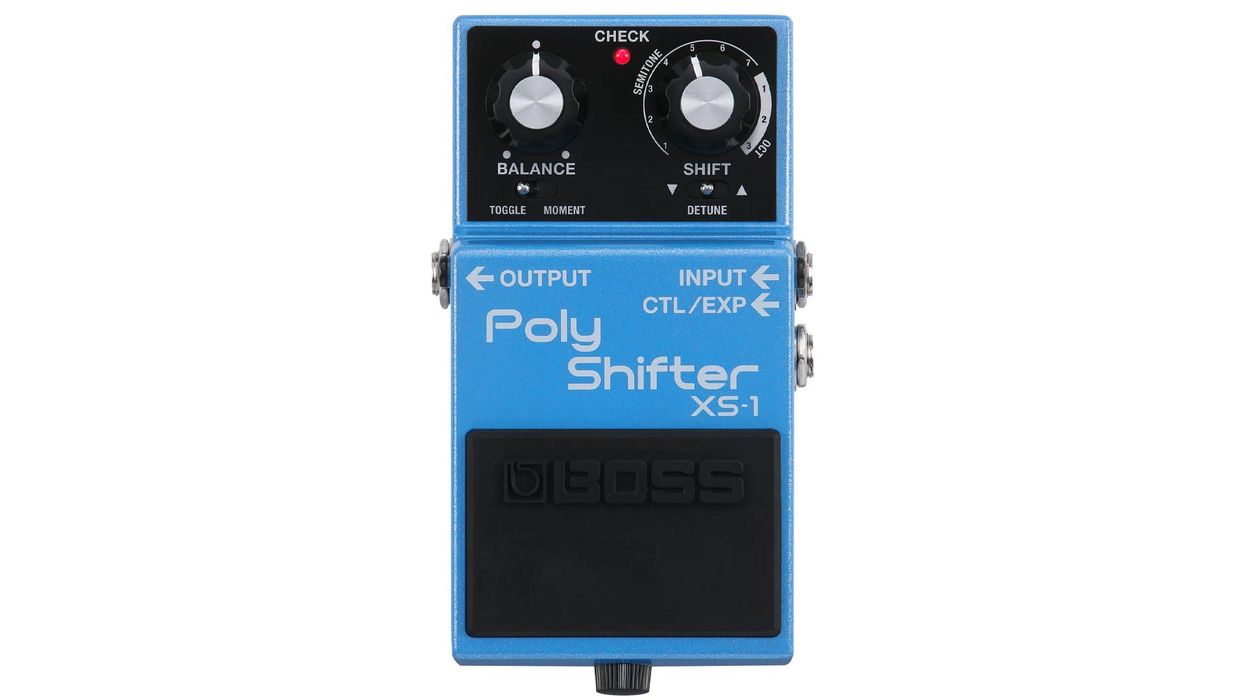
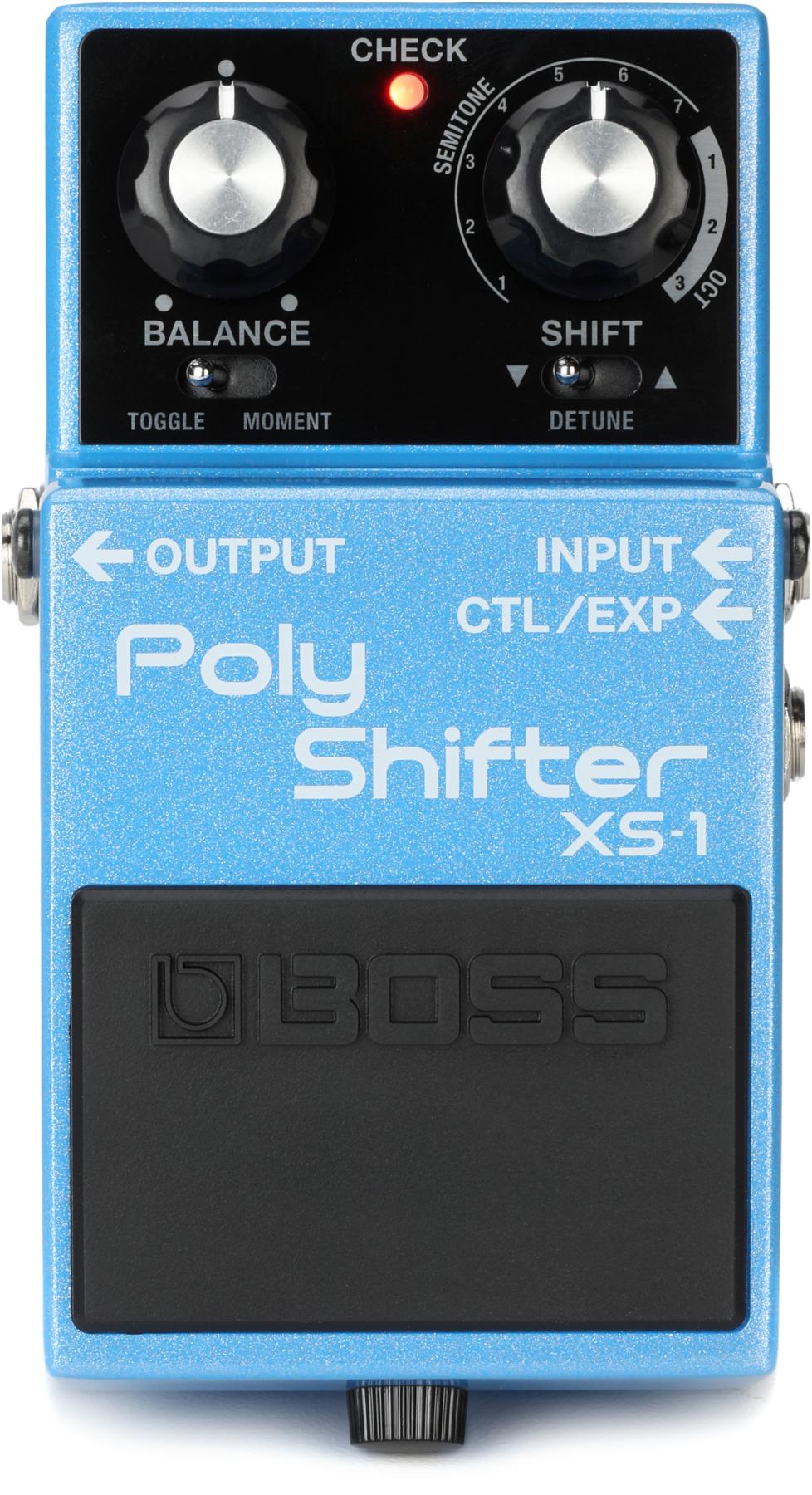


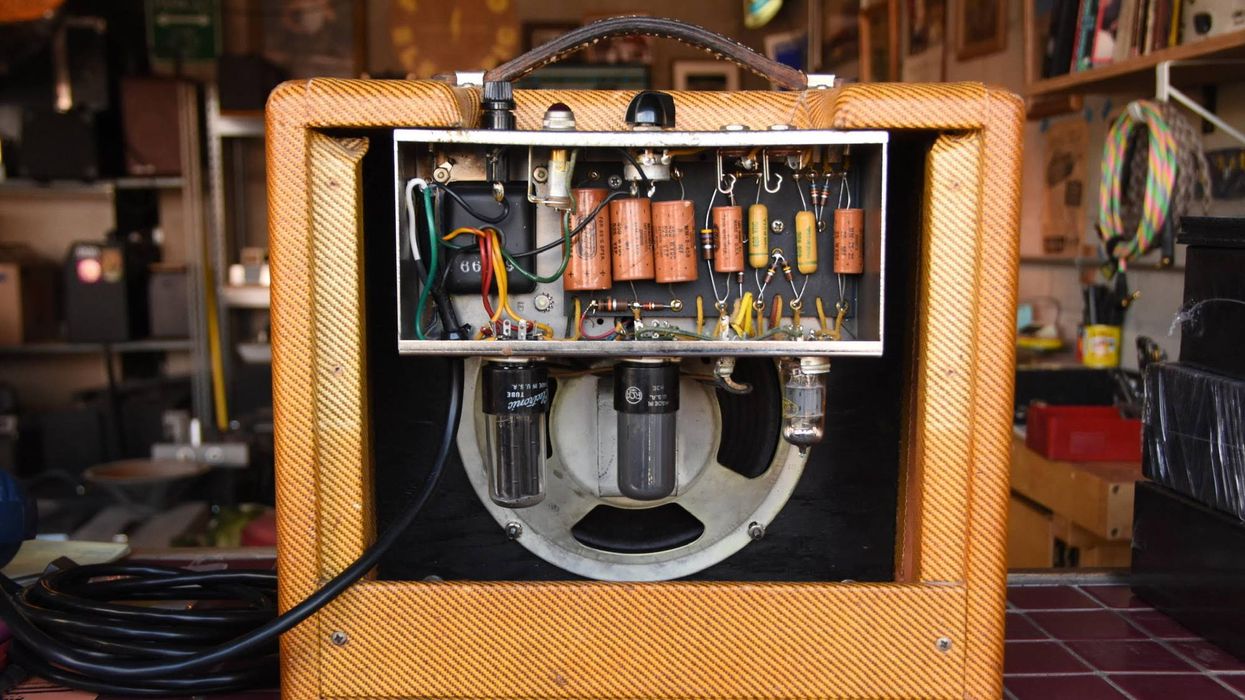
![Rig Rundown: Russian Circles’ Mike Sullivan [2025]](https://www.premierguitar.com/media-library/youtube.jpg?id=62303631&width=1245&height=700&quality=70&coordinates=0%2C0%2C0%2C0)


